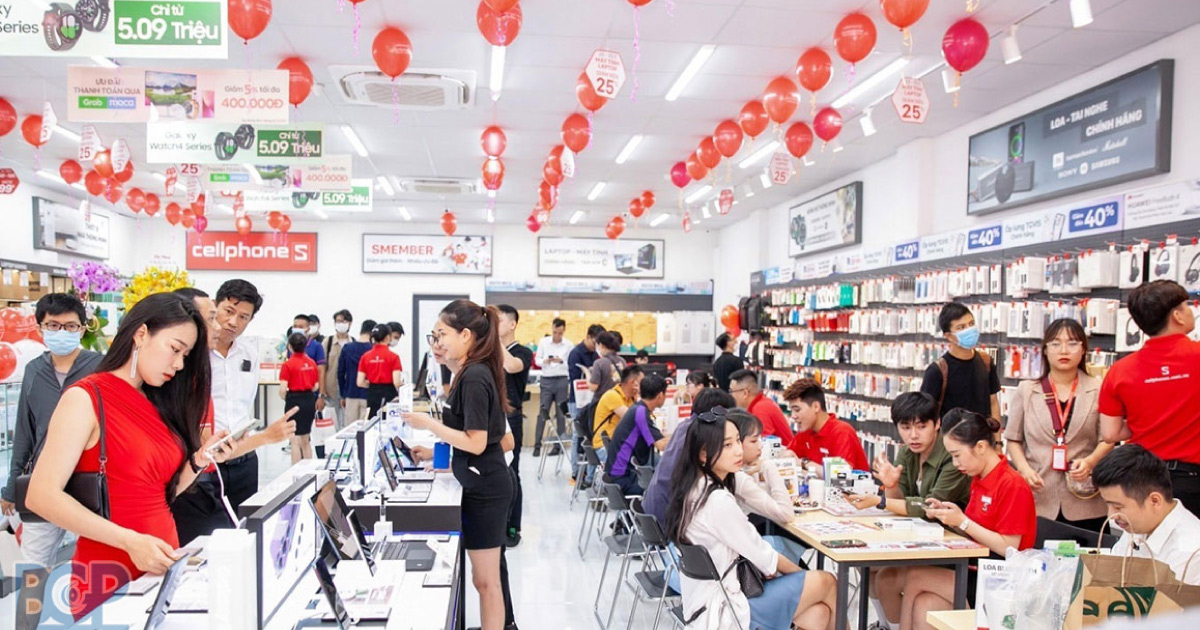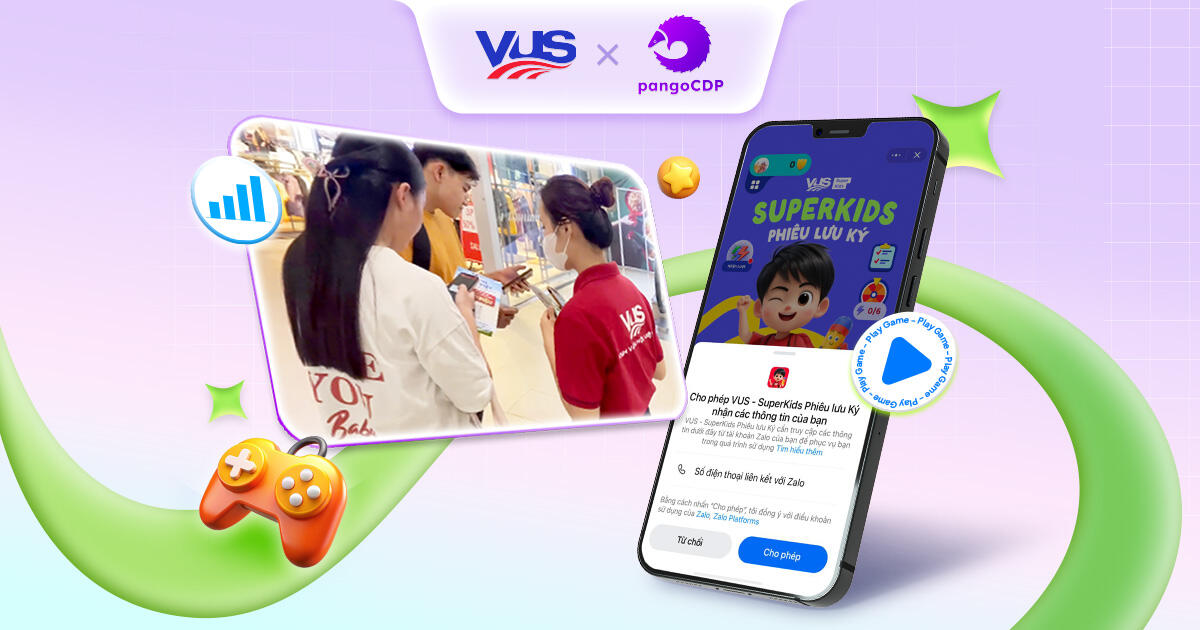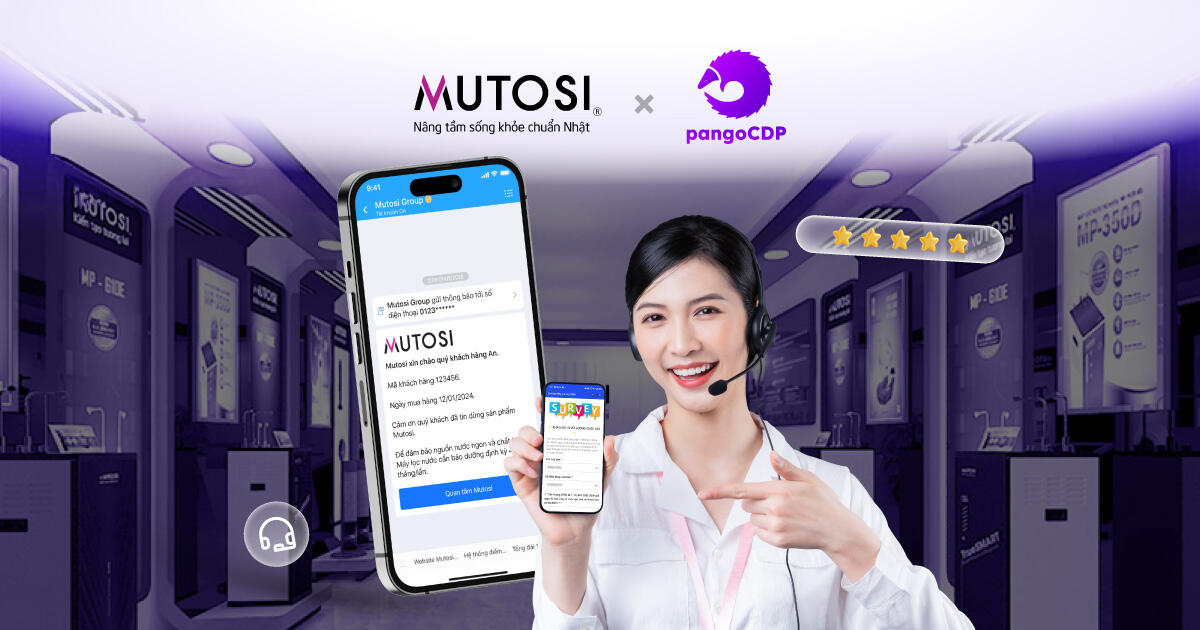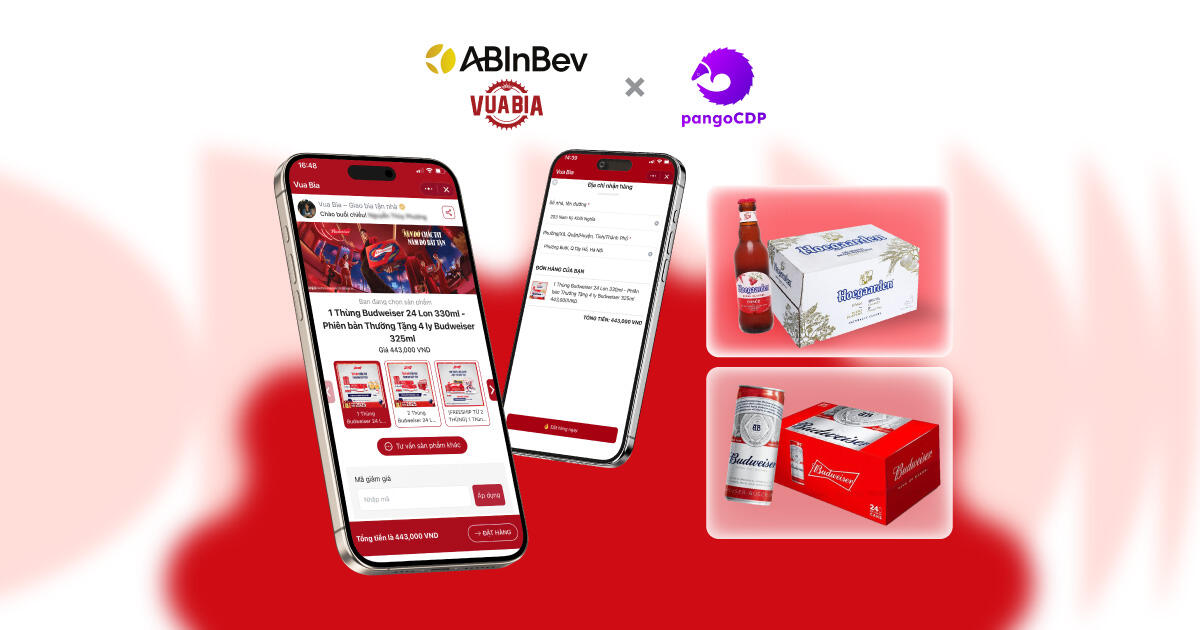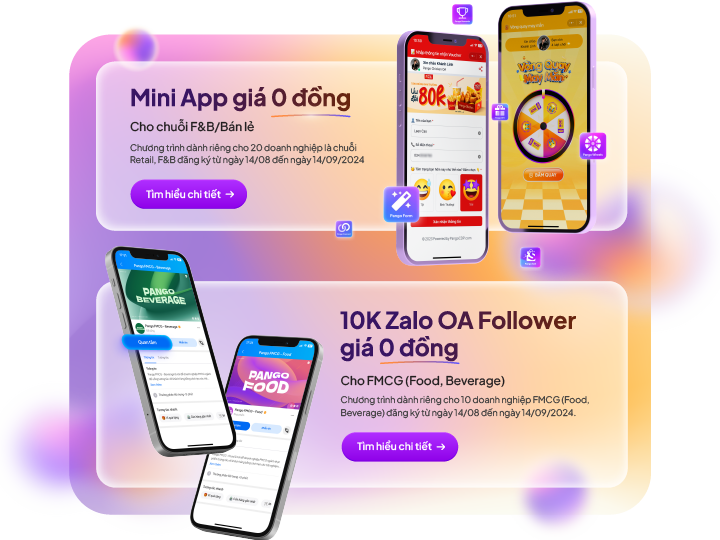The retail industry in Vietnam also has unique characteristics and creates significant challenges for reaching and retaining customers, especially with chain retail. It can be said that data is a priceless treasure that every chain retail business wants to access.
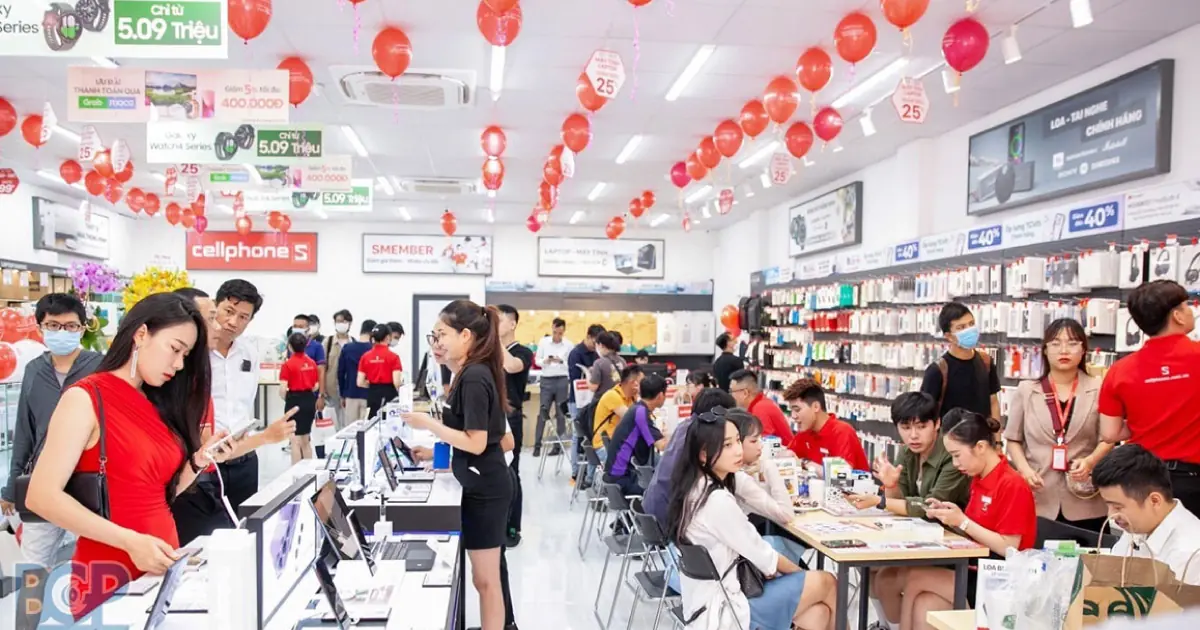
There is an undeniable truth: Data is money. Marketing activities, whether advertising or organizing online or offline events, are aimed at reaching and synthesizing user information. From this data, businesses can create thousands of ways to reach customers to optimize sales. Therefore, every investment to reach customers will be meaningless without exploiting data to support long-term campaigns.
Especially in the context of economic recession, businesses must consider all costs and find ways to maximize the efficiency of investment funds. That poses a problem for all businesses, especially retail businesses: How to access and understand data at the most detailed level?
First of all, businesses need to understand the three stages of data development.
Three stages of data development
Stage 1: Initial
At this stage, data is not collected at a detailed level for each customer or specific behavior, but is only aggregated data reports through available free platforms, called an advertising performance report. This is an overview of the performance and results of advertising campaigns on different platforms that businesses have used.

This report provides an overview, leveraging ad-related metrics and figures, but does not contain detailed personal information about users.
Stage 2: The presence of “third-party tracking” (a third party tracks users)
This stage includes the presence of tools such as Google Analytics and Google Tag Manager, collectively known as “third-party tracking”. The advent of “third-party tracking” causes fluctuations in the game of retail businesses.
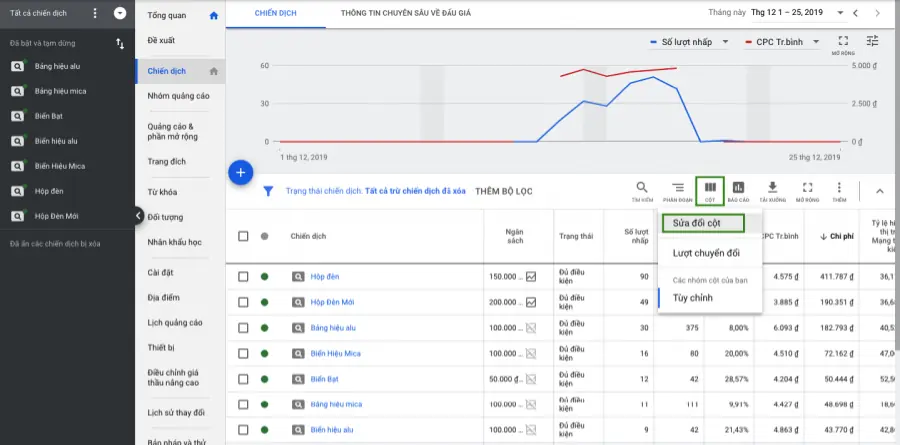
“Third-party tracking” collects user data through sources outside of the website or platform they are using. The people who do this are advertisers, data intermediaries or data analytics companies.
When customers access a website, 3rd party tracking technology may collect data such as IP address, browser type, device information, browsing history and interactions on the website. This data is used to build user profiles, track online behavior and provide targeted advertising across different websites and platforms.
However, in the context of increasingly strict regulations on user privacy protection, “third-party tracking” tools no longer meet the needs of marketers. Therefore, businesses that know how to take advantage of data through tracking, measurement and conversion will more easily optimize advertising, thereby creating business efficiency.
Phase 3: “Zero-party data” and “First-party data”
With the strong development of the MarTech (Marketing Technology) industry, new concepts have been initiated such as “zero-party data” or “first-party data”. Unlike first-party data collected directly from a company’s customers, zero-party data is information that users voluntarily share. This data includes personal preferences, intentions and other specific information that users choose to share during interactions with businesses on digital platforms. This is data that “third-party tracking” does not automatically collect when users using higher versions of iOS request to block tracking. The Vietnamese market has been keeping pace with the world’s privacy policies as more and more technology platforms also require user permission when tracking customers’ online activities on websites or mobile apps. of business.
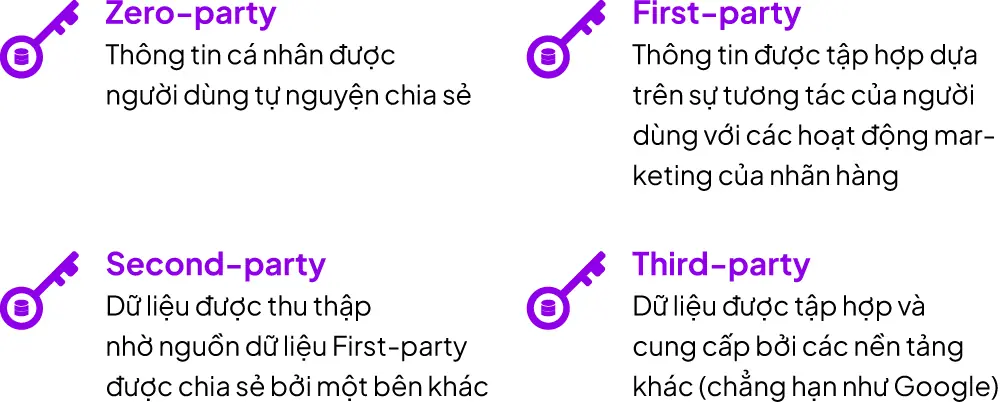
“Zero-party” data is valuable because it provides information about customer preferences, interests, and motivations. It allows companies to understand their customers more deeply to tailor products, services and marketing strategies accordingly.
We know that, in the past, the process of handling advertising data was quite simple, including synthesizing excel documents, using a collection of audience objects from Google Analytics or potential customer data files, then running ads based on this data (for example, run look-alike ads against those data sets). However, with the emergence of “first-party” data, this way of processing advertising data is no longer effective and can reduce marketers’ performance.
Using “first-party data” allows businesses to leverage accurate data and personalize customer experiences. However, first-party data processing requires more complex technologies and approaches than just using simple data files in the past.
With “first-party data”, marketers need to be able to collect, store and process data securely, while complying with data protection regulations. At the same time, they need to build marketing strategies based on this data, such as creating personalized messages, creating custom audiences, and optimizing advertising campaigns based on this understanding. Know deeply about customers. Clearly, businesses need powerful platforms like CDP to adapt to new data trends in the future.

To understand data clearly, marketers often have to gather and process data from many channels and many available data sources of the business. This takes a lot of time. To optimize data management performance, CellphoneS uses CDP to consolidate data from channels such as offline, booking KOLs, affiliates, social media, websites, SEO, offline purchasing activities… into a single place. This helps calculate and apply strategies to serve the business goals faster and easier.
After determining the customer’s identity with the support of CDP, businesses can reach them through more accurate, less expensive interaction channels such as email, SMS, Zalo ZNS, chatbot or upgrade with PangoCDP and Super Apps. At this time, marketers can know information about user behavior (such as purchase history, purchase time), thereby setting up specific reminder and care scenarios for each object. The cost of deploying automatic campaigns through these channels is significantly lower than spending money on advertising on Facebook and Google. This is a strategy that businesses should consider applying to “first-party data”.
Once you have complete information about the data, the next problem will be: Is the message information conveyed to customers accurate and timely?
- Accurate: means that during data processing, businesses need to segment to know the behavior, needs and preferences of users in order to distribute accurate messages to them.
- Timely − is sending messages to users right when they need to learn about and want to own the product.
For example, when implementing an abandoned cart campaign, CDP helps businesses know exactly which products customers are forgetting and at which step of the shopping journey they stop. Once you have the information, after a certain period of time, the business will send a specific message reminding customers to pay or giving them more motivation to close the order. If the customer still hasn’t paid, we need to have a stronger message about the price, such as giving out vouchers to increase the closing rate…
Discussing strategies for interacting with customers after understanding them through data, businesses have two levels to “scratch the itch” of customers:
- Level 1: Know what customers need and give them exactly that.
- Level 2: Suggest products that customers need but haven’t thought of yet. This level 2 depends on the support of new technologies in the future such as machine learning or artificial intelligence.

